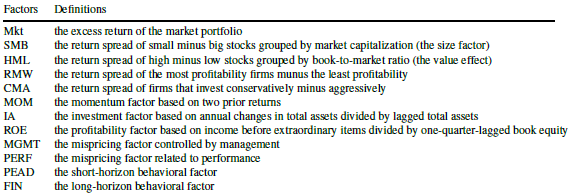Seasonal, Technical and Fundamental S&P 500 Index Timing Tests
January 15, 2020 - Calendar Effects, Equity Premium, Fundamental Valuation, Technical Trading
Are there any seasonal, technical or fundamental strategies that reliably time the U.S. stock market as proxied by the S&P 500 Total Return Index? In the February 2018 version of his paper entitled “Investing In The S&P 500 Index: Can Anything Beat the Buy-And-Hold Strategy?”, Hubert Dichtl compares excess returns (relative to the U.S. Treasury bill [T-bill] yield) and Sharpe ratios for investment strategies that time the S&P 500 Index monthly based on each of:
- 4,096 seasonality strategies.
- 24 technical strategies (10 slow-fast moving average crossover rules; 8 intrinsic [time series or absolute] momentum rules; and, 6 on-balance volume rules).
- 18 fundamental variable strategies based on a rolling 180-month regression, with 1950-1965 used to generate initial predictions.
In all cases, when not in stocks, the strategies hold T-bills as a proxy for cash. His main out-of-sample test period is 1966-2014, with emphasis on a “crisis” subsample of 2000-2014. He includes extended tests on seasonality and some technical strategies using 1931-2014. He assumes constant stock index-cash switching frictions of 0.25%. He addresses data snooping bias from testing multiple strategies on the same sample by applying Hansen’s test for superior predictive ability. Using monthly S&P 500 Index levels/total returns and U.S. Treasury bill yields since 1931 and values of fundamental variables since January 1950, all through December 2014, he finds that:
